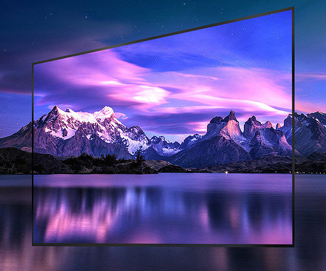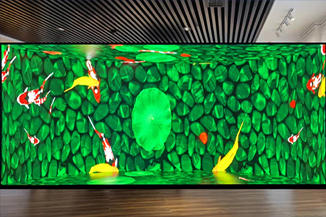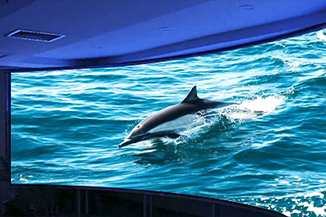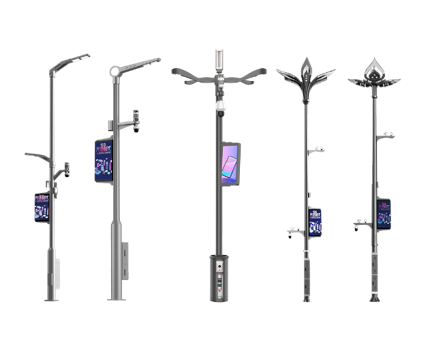Publisher: Supplier of LED Display Time: 2022-02-22 13:49 Views: 1535
The fatal nemesis of electronic products is too high temperature, because high temperature will lead to a series of problems such as decreased reliability, unstable performance and shortened service life of electronic products. The LED display is also afraid of high temperature, so engineers have adopted various measures to control the temperature of the electronic components inside the LED display so that it does not exceed the specified allowable temperature under the working environment of the LED display. method to solve the heat dissipation problem. Next, Liancheng will send a small editor to introduce to you what are the cooling methods of LED display?
Heat flux density, volume power density, total power consumption, surface area, volume, working environment conditions (temperature, humidity, air pressure, dust, etc.) of the LED display. According to the heat transfer mechanism, there are natural cooling, forced air cooling, direct liquid cooling; evaporative cooling; thermoelectric cooling; heat pipe heat transfer and other heat dissipation methods.

Several cooling methods are summarized as follows:
1. The fan dissipates heat. The long-life fan is used inside the lamp housing to enhance heat dissipation. Compared with the commonly used method, this method has low cost and good effect.
2. Use aluminum to dissipate heat, which is a more common heat dissipation method. Use aluminum heat dissipation fins as part of the shell to increase the heat dissipation area.
3. Air hydrodynamics, using the shape of the lamp housing to create convection air, which is a low-cost method to strengthen heat dissipation.
4. Surface radiation heat dissipation treatment, the surface of the lamp housing is treated with radiation heat dissipation treatment. It is relatively simple to apply radiation heat dissipation paint, which can take the heat away from the surface of the lamp housing by radiation.









